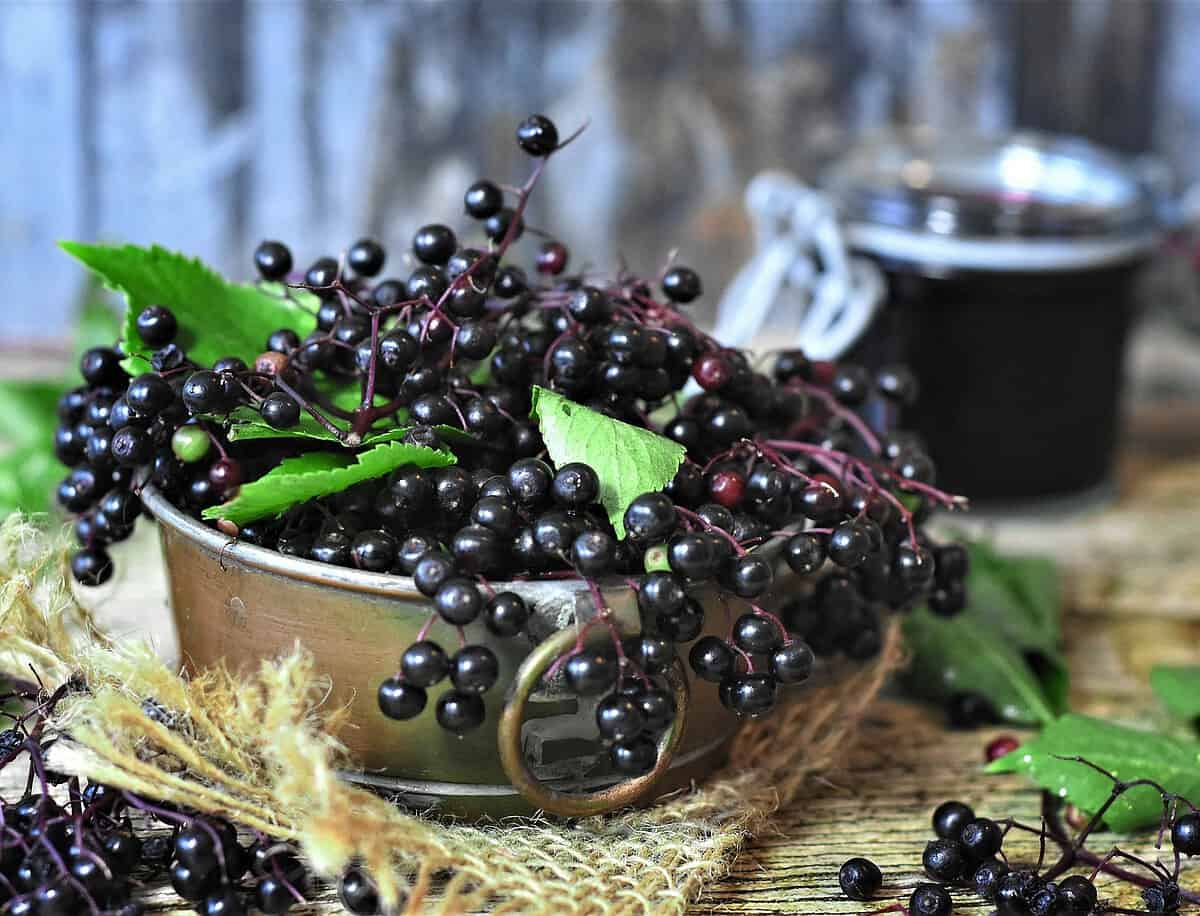Elderberry, a medicinal shrub thriving in the cooler regions of tropical Mesoamerica, including Costa Rica, holds a prominent place in traditional herbal medicine. Found along streams, marshy areas, and often intentionally cultivated near households for its therapeutic properties, this shrub features distinctive gray bark and scaly stems.
Its compound leaves, consisting of five ovate-lancelet leaflets with serrated edges, give way to an abundance of small, pastel yellow-white flowers arranged in umbels. Although the shrub bears small black fruits, they are seldom observed as they serve as a vital food source for numerous bird species.
Revered for its febrifuge, diuretic, and expectorant qualities, elderberry has been utilized in various medicinal applications, including treating fevers, colds, coughs, bronchitis, measles, mumps, and flu.
Geo-distribution: Found in most of the cooler regions of tropical Mesoamerica, along streams and marshy areas, as well as planted around houses in Costa Rica for medicinal use.
Botanical Description: A shrub with a gray bark and scaly stems. The compound leaves have five ovate-lancelet leaflets with serrated edges. The small, numerous, pastel yellow-white flowers are born on umbels.
The small black fruits are six millimeters in diameter but are rarely seen because many birds feed on them as they ripen. Medicinal Uses: Elderberry is a febrifuge, diuretic and expectorant.
The flowers have been used as an emergency medicine for treating fevers, colds, coughs, bronchitis, measles, mumps and flu. An infusion of the leaves as a hair wash is said to help increase hair growth. A decoction of the leaves, bark or root is used as a wash for external skin problems.
Preparation: The flowers can be used fresh or collected in the blooming season, then dried and stored for future use. Use one handful of fresh flowers or 1-2 tablespoons of dried flowers steeped in one liter of boiled water. Take 1-3 cups per day. A handful of the leaves, roots and bark can be boiled in one liter of water for treating skin conditions.
Notes: Although the flowers and berries are safe to use, the roots and bark are said to be slightly toxic and are not recommended for internal use. Elderberry is a valuable home-garden medicinal plant that is easy to grow in the cooler regions of the country. Simply take woody stem cuttings approximately 30 centimeters long from mature bushes, and plant them 15 cm deep in plastic nursery bags with prepared potting soil.Keep the cuttings watered and in a shady place until well established.
Slowly bring them into full light conditions and plant them in permanent sites around the border of the garden, since they grow into large bushes. Many campesinos simply plant the stem cuttings directly in the soil in their permanent sites; however, the previously mentioned method guarantees a better success rate of cuttings that actually grow.

